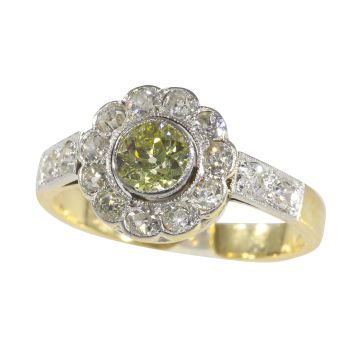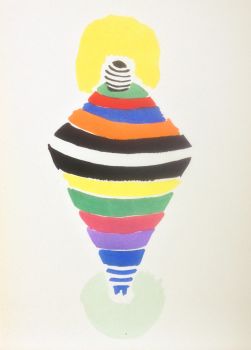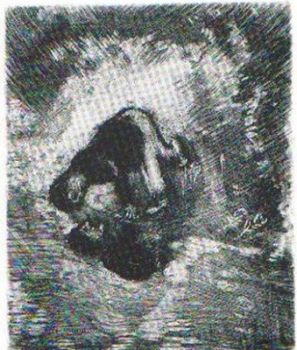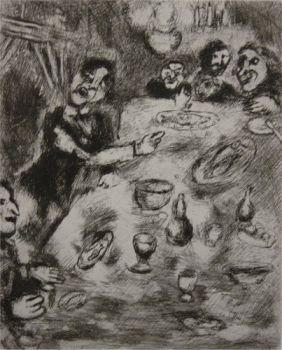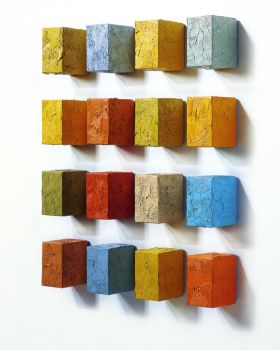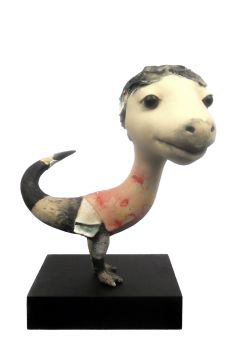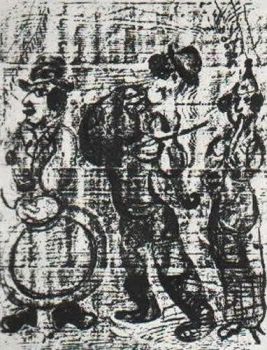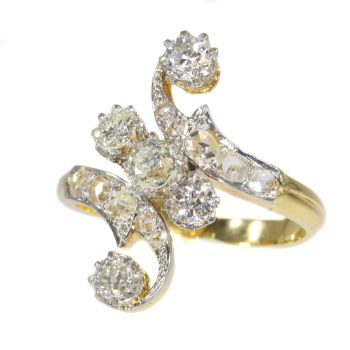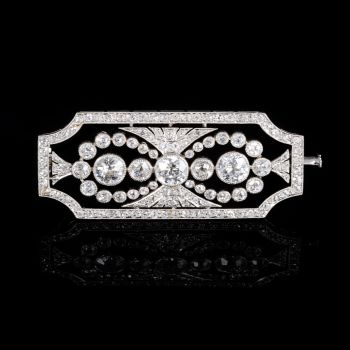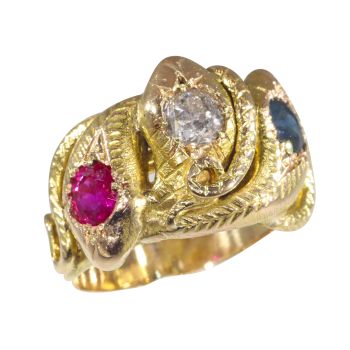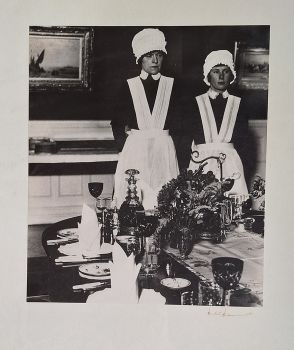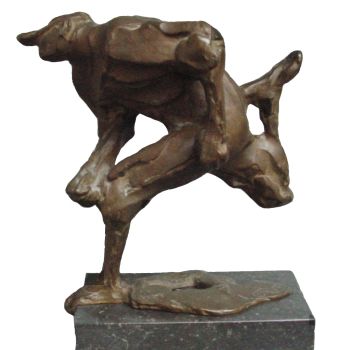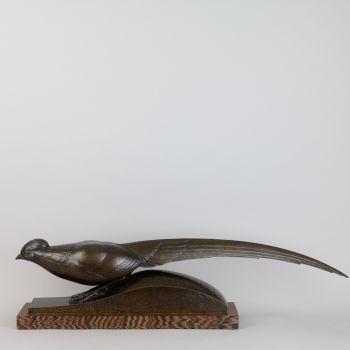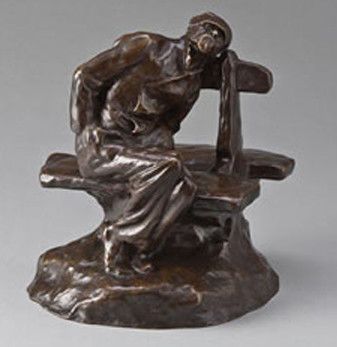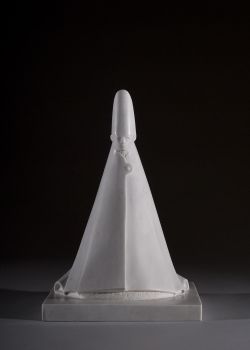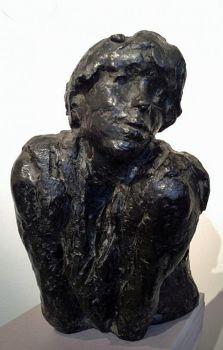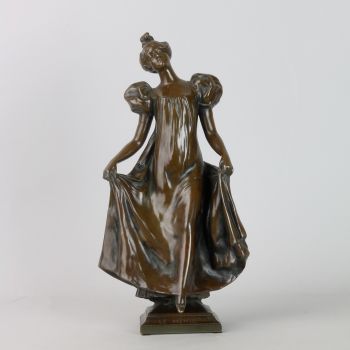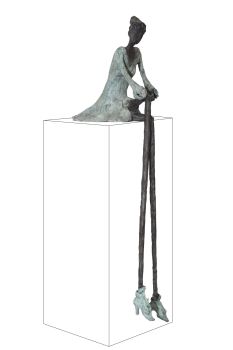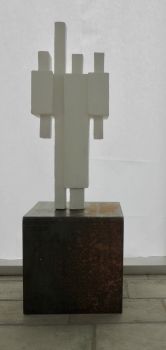About the artist
Émile Gilioli (1911–1977) was a celebrated French painter and sculptor, recognized as a pivotal figure in the post-war abstract art movement. His work is celebrated for its clean lines, harmonious forms, and a profound exploration of geometric and organic abstraction. Gilioli’s contributions to modern art have left an indelible mark on the cultural landscape of the 20th century.
Born in Paris into a family of Italian origins, Gilioli grew up with an early appreciation for art and craftsmanship. After training as a sculptor in Paris, he developed a modernist approach that drew from a wide array of influences, including Cubism, Constructivism, and the emerging trends of abstract art. His artistic career, however, was interrupted by the Second World War, during which he was mobilized near Grenoble.
Despite the challenges of wartime, Gilioli found solace and inspiration in his frequent visits to the Grenoble Museum of Fine Arts, where he engaged deeply with classical and modern works. This period marked a turning point in his artistic vision, as he began to refine his abstract language and experiment with innovative forms and materials.
In the 1950s, Gilioli emerged as one of the leading voices in French abstraction. His sculptures, characterized by their elegant simplicity and poetic resonance, often employed materials such as marble, bronze, and stone. These works, while minimalist in appearance, exude a sense of movement, balance, and spiritual depth. Many of his pieces are monumental in scale, gracing public spaces and museums throughout Europe.
Gilioli’s artistic philosophy emphasized the interplay between space, light, and form. His work often reflected a deep connection to the human condition and a desire to transcend the material world through art. As a result, his sculptures resonate with timeless beauty and emotional intensity, making them both universally accessible and deeply personal.
Throughout his career, Émile Gilioli received numerous accolades, and his work was exhibited widely, cementing his status as a master of mid-century abstraction. Today, his sculptures can be found in prestigious collections and public installations, continuing to inspire and captivate audiences worldwide. His legacy is that of an artist who transformed the language of abstraction into a profound expression of humanity and modernity.





